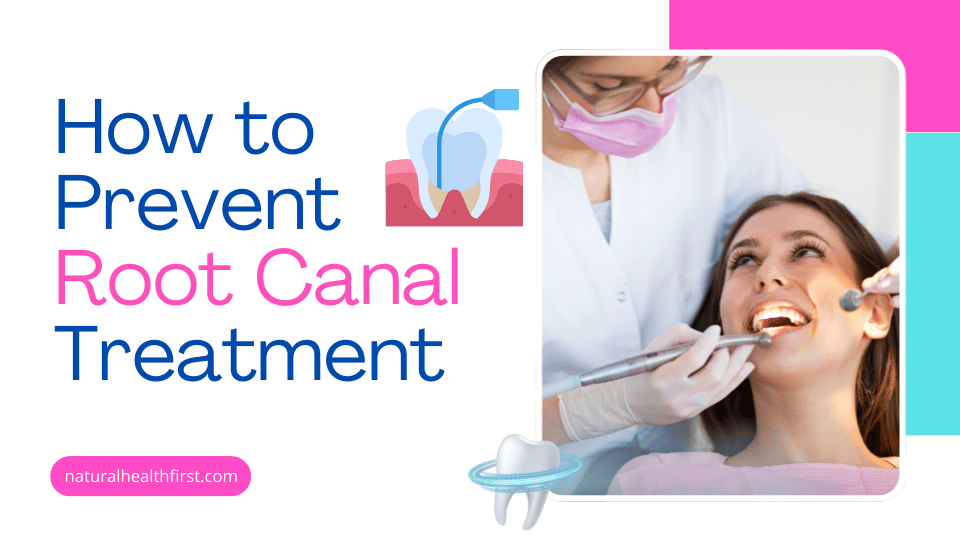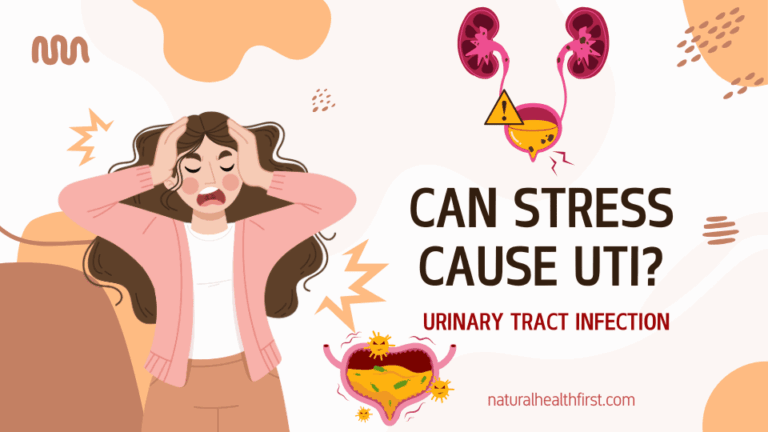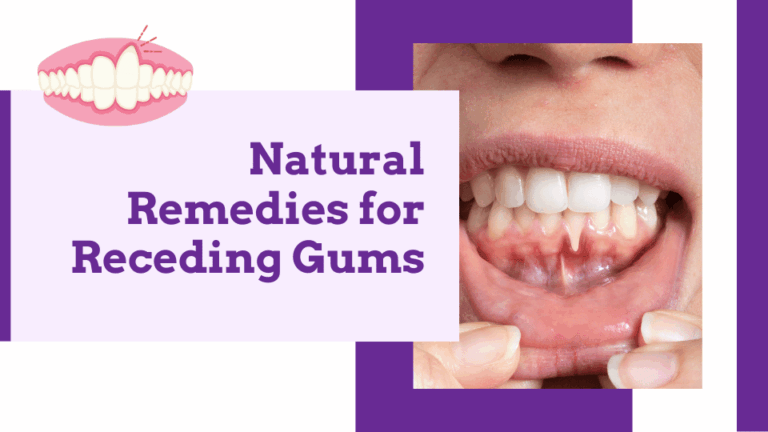The fear of root canal treatment affects millions of people worldwide, often causing significant anxiety and stress that can impact overall mental well-being. As someone who has worked with countless clients dealing with dental anxiety and its psychological effects, I understand how the prospect of complex dental procedures can create overwhelming worry.
The good news? Most root canals are entirely preventable with the right knowledge, habits, and proactive care. Understanding how to prevent root canal treatment not only protects your physical health but also preserves your peace of mind and financial resources.
Root canals become necessary when the inner pulp of a tooth becomes infected or severely damaged, typically due to deep decay, repeated dental procedures, or trauma. However, this situation doesn’t happen overnight—it’s the result of a gradual process that you can interrupt and reverse with proper prevention strategies.
Let me guide you through comprehensive, evidence-based approaches to maintaining your dental health and avoiding the need for root canal procedures altogether.
Also Read: Natural Remedies for Receding Gums
When Root Canals Become Necessary
Before exploring prevention methods, it’s crucial to understand what leads to root canal treatment. The pulp inside your tooth contains nerves, blood vessels, and connective tissue. When this area becomes infected or inflamed due to deep decay, cracks, or trauma, the pain can be excruciating and the infection can spread to surrounding tissues.
Common scenarios that lead to root canals include:
- Deep cavities that reach the tooth’s pulp
- Cracked or chipped teeth that expose the inner structure
- Repeated dental procedures on the same tooth
- Large fillings that eventually fail
- Facial trauma affecting teeth
- Severe gum disease that reaches tooth roots
The emotional impact of needing root canal treatment often includes:
- Anxiety about pain and procedures
- Financial stress from unexpected dental costs
- Fear of dental complications
- Concern about tooth loss
- Worry about appearance and function
Understanding these triggers helps you take proactive steps to address issues before they reach the point where root canal treatment becomes unavoidable.
How to Prevent Root Canal Treatment Through Daily Habits
Ways to avoid root canal procedure start with establishing consistent daily habits that protect your teeth from decay and damage. These foundational practices form the cornerstone of effective prevention.
Essential Daily Oral Hygiene Practices
Proper brushing technique serves as your first line of defense:
Brush twice daily using fluoride toothpaste and a soft-bristled toothbrush. Spend at least two minutes cleaning all tooth surfaces, paying special attention to the gum line where bacteria accumulate. Replace your toothbrush every three months or after illness.
Effective flossing routine removes bacteria from areas your toothbrush can’t reach:
Daily flossing prevents interdental decay that often leads to pulp infection. Use proper technique by gently sliding floss between teeth and curving it around each tooth’s base. If traditional floss is challenging, consider water flossers or interdental brushes.
Antimicrobial mouth rinse provides additional protection:
Use an antimicrobial mouth rinse after brushing and flossing to kill remaining bacteria and strengthen enamel. Choose alcohol-free formulations to avoid dry mouth, which can increase cavity risk.
Protective Habits for Tooth Preservation
Avoid harmful behaviors that can crack or damage teeth:
- Don’t use teeth as tools for opening packages
- Avoid chewing ice, popcorn kernels, or hard candies
- Stop nail-biting and pen-chewing habits
- Don’t grind or clench teeth (seek treatment if this occurs unconsciously)
Wear protective gear during activities that risk dental trauma:
Sports mouthguards prevent chips, cracks, and tooth loss during athletic activities. Custom-fitted guards from your dentist provide the best protection and comfort.
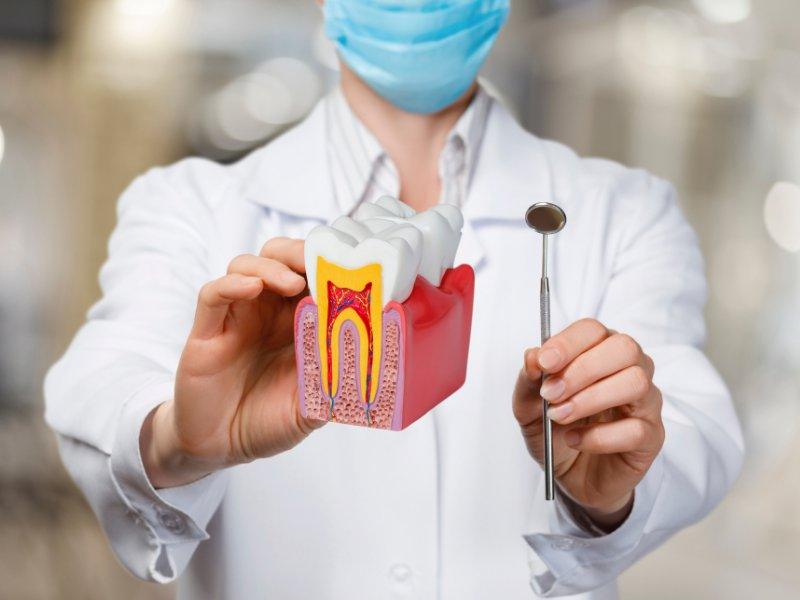
Tips to Prevent Root Canals Through Professional Care
Tips to prevent root canals extend beyond home care to include regular professional maintenance and early intervention strategies.
Regular Dental Examinations
How often to see dentist to avoid root canal depends on your individual risk factors, but most people benefit from visits every six months. High-risk individuals may need quarterly appointments.
Professional cleanings remove hardened plaque (tartar) that home care cannot eliminate. This prevents gum disease and decay that can progress to pulp infection.
Early detection through regular X-rays and examinations allows dentists to identify problems before they become severe. Small cavities can be treated with simple fillings, preventing the need for more complex procedures.
Preventive Dental Treatments
Dental sealants provide long-lasting protection for cavity-prone teeth:
Sealants are thin, protective coatings applied to the chewing surfaces of back teeth. They prevent bacteria and food particles from settling in the deep grooves where cavities often start.
Fluoride treatments strengthen tooth enamel and reverse early decay:
Professional fluoride applications provide concentrated protection that’s more effective than over-the-counter products. These treatments are especially beneficial for people at higher risk of tooth decay.
Custom night guards protect teeth from grinding damage:
If you grind your teeth during sleep, a custom night guard prevents the micro-fractures and wear that can eventually require root canal treatment.
Root Canal Prevention Methods: The Scientific Approach
Root canal prevention methods based on dental science focus on maintaining the tooth’s structural integrity and preventing bacterial invasion of the pulp.
Understanding Tooth Decay Progression
The decay process follows predictable stages:
- Initial demineralization – Acids from bacteria begin dissolving enamel
- Enamel decay – Visible cavities form in the outer tooth layer
- Dentin involvement – Decay reaches the softer inner layer
- Pulp exposure – Bacteria access the tooth’s nerve and blood supply
- Infection – Pulp becomes infected, requiring root canal treatment
Intervention at any stage before pulp involvement can prevent the need for root canal treatment. This is why early detection and treatment are so crucial.
Evidence-Based Prevention Strategies
Saliva production plays a crucial role in cavity prevention:
Adequate saliva flow neutralizes acids, washes away food particles, and provides minerals that strengthen teeth. Stay hydrated and avoid medications that cause dry mouth when possible.
pH balance in your mouth affects decay risk:
Frequent consumption of acidic foods and drinks creates an environment where tooth enamel dissolves. Limit acidic exposures and rinse with water after consuming acidic substances.
Bacterial control prevents the chain reaction leading to pulp infection:
Certain bacteria species are more likely to cause deep decay. Professional cleanings and antimicrobial treatments can reduce populations of these harmful organisms.
Preventing Root Canal Naturally Through Lifestyle Choices
Preventing root canal naturally involves making lifestyle choices that support overall oral health and reduce factors that contribute to tooth decay and infection.
Stress Management and Oral Health
Chronic stress affects oral health in multiple ways:
Stress increases cortisol production, which can reduce immune function and make you more susceptible to infections, including those affecting tooth pulp. Stress also often leads to teeth grinding, poor eating habits, and neglect of oral hygiene routines.
Effective stress management techniques include:
- Regular exercise to reduce stress hormones
- Meditation and mindfulness practices
- Adequate sleep (7-9 hours nightly)
- Social support and professional counseling when needed
Sleep Quality and Dental Health
Poor sleep contributes to oral health problems:
Sleep deprivation weakens immune function and increases inflammation throughout the body, including in the gums and tooth structures. It also makes you more likely to skip oral hygiene routines and make poor dietary choices.
Improving sleep quality supports dental health:
- Maintain consistent sleep schedules
- Create a relaxing bedtime routine
- Address sleep disorders like sleep apnea
- Avoid screens before bedtime
Best Oral Hygiene to Prevent Root Canal
Best oral hygiene to prevent root canal goes beyond basic brushing and flossing to include advanced techniques and tools that maximize plaque removal and enamel protection.
Advanced Cleaning Techniques
Modified Bass technique for superior plaque removal:
Hold your toothbrush at a 45-degree angle to the gum line and make small circular motions. This technique effectively removes plaque from the gum line where decay often begins.
Interdental cleaning options for different needs:
- Traditional floss for tight contacts
- Water flossers for sensitive gums or braces
- Interdental brushes for wider spaces
- Floss picks for convenience and mobility
Specialized Oral Care Products
Prescription-strength fluoride for high-risk individuals:
People with a history of frequent cavities may benefit from prescription fluoride toothpaste or rinses that contain higher concentrations of protective minerals.
Antibacterial products for bacterial control:
Certain mouth rinses contain ingredients specifically designed to reduce cavity-causing bacteria. These can be particularly helpful for people with dry mouth or other risk factors.
Remineralizing products to strengthen enamel:
Toothpastes and gels containing calcium phosphate or other remineralizing agents can help repair early stages of tooth decay and strengthen enamel against future acid attacks.
Also Read: Natural Remedies for Tooth Infection
Diet to Prevent Root Canal: Nutritional Strategies
Diet to prevent root canal focuses on foods that strengthen teeth, neutralize acids, and starve harmful bacteria while avoiding substances that promote decay and enamel erosion.
Tooth-Friendly Foods and Nutrients
Foods that prevent root canal include:
Calcium-rich options for strong teeth:
- Dairy products (milk, cheese, yogurt)
- Leafy green vegetables (kale, collard greens)
- Almonds and sesame seeds
- Canned fish with soft bones (sardines, salmon)
Phosphorus sources for enamel strength:
- Lean meats and poultry
- Fish and seafood
- Eggs and dairy products
- Nuts and legumes
Vitamin D foods for calcium absorption:
- Fatty fish (salmon, mackerel, tuna)
- Fortified dairy products and cereals
- Egg yolks
- Mushrooms exposed to UV light
Protective Food Choices
Fiber-rich foods that clean teeth naturally:
- Fresh fruits and vegetables
- Whole grains
- Beans and legumes
- Nuts and seeds
Antibacterial foods that fight harmful bacteria:
- Green tea (contains catechins)
- Cranberries (prevent bacterial adhesion)
- Garlic and onions (natural antimicrobials)
- Dark chocolate (contains compounds that fight bacteria)
Foods and Habits to Limit
Acidic foods and drinks that erode enamel:
- Citrus fruits and juices
- Soft drinks and energy drinks
- Wine and other alcoholic beverages
- Sports drinks and flavored waters
Sugary and sticky foods that feed harmful bacteria:
- Candy, especially sticky varieties
- Cookies, cakes, and pastries
- Dried fruits that stick to teeth
- Sugary cereals and snacks
Timing considerations for protecting teeth:
- Avoid frequent snacking throughout the day
- Rinse with water after consuming acidic foods
- Wait at least 30 minutes after eating before brushing
- Consider consuming acidic foods with meals rather than alone
How to Strengthen Enamel to Avoid Root Canal
How to strengthen enamel to avoid root canal involves both preventing enamel loss and actively promoting remineralization of weakened areas.
Remineralization Strategies
Fluoride applications for enamel strength:
Fluoride helps rebuild weakened enamel by promoting the formation of fluorapatite, which is more resistant to acid attacks than natural tooth enamel. Use fluoride toothpaste twice daily and consider professional fluoride treatments if you’re at high risk for decay.
Calcium and phosphate supplements for tooth structure:
Some people benefit from additional calcium and phosphate to support tooth remineralization. However, consult with healthcare providers before adding supplements, as proper absorption requires adequate vitamin D and magnesium.
Protecting Existing Enamel
Acid neutralization techniques:
- Rinse with water after consuming acidic foods or drinks
- Chew sugar-free gum to stimulate saliva production
- Use a straw when drinking acidic beverages
- Wait 30-60 minutes after acid exposure before brushing
pH management in the mouth:
- Maintain adequate saliva flow through hydration
- Consider pH-neutralizing mouth rinses
- Limit frequency of acidic exposures
- Balance acidic foods with alkaline options
Root Canal Prevention with Fluoride: Maximizing Benefits
Root canal prevention with fluoride requires understanding how to use fluoride most effectively while balancing benefits with potential concerns.
Optimal Fluoride Use
Topical fluoride applications provide direct tooth protection:
Professional fluoride treatments at the dentist’s office deliver high concentrations directly to teeth. These treatments are especially valuable for people with high decay risk or early signs of demineralization.
Daily fluoride routine for consistent protection:
- Use fluoride toothpaste twice daily
- Don’t rinse immediately after brushing to allow fluoride contact time
- Consider fluoride mouth rinse for additional protection
- Discuss prescription-strength fluoride with your dentist if needed
Fluoride Safety Considerations
Appropriate dosing prevents overexposure:
While fluoride is highly effective for cavity prevention, excessive amounts can cause fluorosis or other health concerns. Follow product directions and professional recommendations for safe, effective use.
Individual risk assessment guides fluoride recommendations:
People with higher cavity risk may benefit from additional fluoride sources, while those with low risk may need only standard fluoride toothpaste for adequate protection.
Preventing Root Canal in Children: Special Considerations
Preventing root canal in children requires age-appropriate strategies that account for developing teeth, dietary challenges, and the need to establish lifelong healthy habits.
Early Childhood Prevention
Baby bottle tooth decay prevention:
Never put babies to bed with bottles containing milk, formula, or juice. These liquids pool around teeth during sleep and create ideal conditions for rapid decay that can quickly reach the pulp.
First dental visits should occur by age one:
Early dental visits allow for prevention education, fluoride application when appropriate, and early detection of problems. This establishes a positive relationship with dental care from an early age.
School-Age Strategies
Sealant application for permanent molars:
Dental sealants applied soon after permanent molars erupt provide years of protection against decay in the deep grooves where cavities commonly start.
Dietary guidance for growing children:
- Limit sugary snacks and drinks, especially between meals
- Encourage water as the primary beverage
- Make tooth-healthy snacks readily available
- Teach children to rinse with water after sugary treats
Establishing Healthy Habits
Age-appropriate oral hygiene instruction:
- Supervise brushing until children can tie their shoes (usually around age 6-8)
- Make oral hygiene fun with colorful toothbrushes and flavored toothpaste
- Use visual aids like plaque-revealing tablets occasionally
- Establish consistent routines that become automatic
Behavioral prevention for protecting teeth:
- Discourage thumb sucking beyond age 4
- Prevent children from using teeth as tools
- Ensure proper nutrition for developing teeth
- Address grinding or clenching habits early
Early Signs to Prevent Root Canal: Recognition and Action
Early signs to prevent root canal include subtle symptoms that, when addressed promptly, can prevent the progression to pulp infection and the need for complex treatment.
Warning Signs to Watch For
Tooth sensitivity that persists:
Sensitivity to hot, cold, or sweet foods that doesn’t resolve quickly may indicate enamel loss or early decay approaching the pulp. This sensitivity often worsens over time if untreated.
Pain patterns that suggest deep decay:
- Lingering pain after temperature exposure
- Throbbing pain that wakes you at night
- Pain when biting down or chewing
- Spontaneous pain without obvious triggers
Visual changes in teeth:
- Dark spots or lines on tooth surfaces
- Gray or dark discoloration of a tooth
- Visible holes or pits in teeth
- Swelling around a specific tooth
Taking Immediate Action
Professional evaluation for persistent symptoms:
Don’t ignore dental pain or sensitivity, hoping it will resolve on its own. Early professional intervention can often save teeth with simple treatments rather than complex procedures.
Emergency signs requiring immediate attention:
- Severe, continuous pain
- Facial swelling
- Fever accompanying dental pain
- Pus or discharge around teeth
- Trauma to teeth or jaw
Root Canal Prevention Routine: Building Long-Term Success
Root canal prevention routine involves creating sustainable daily and periodic practices that protect your teeth throughout your lifetime.
| Time | Routine | Purpose |
|---|---|---|
| Morning | Brush + floss + mouthwash | Removes bacteria buildup |
| After meals | Rinse with water | Reduces acids |
| Evening | Brush thoroughly + floss | Prevents overnight plaque |
| Weekly | Oil pulling (2–3 times) | Natural antibacterial support |
| Twice a year | Dental check-up | Early prevention |
This root canal prevention routine is easy to follow and effective long-term.
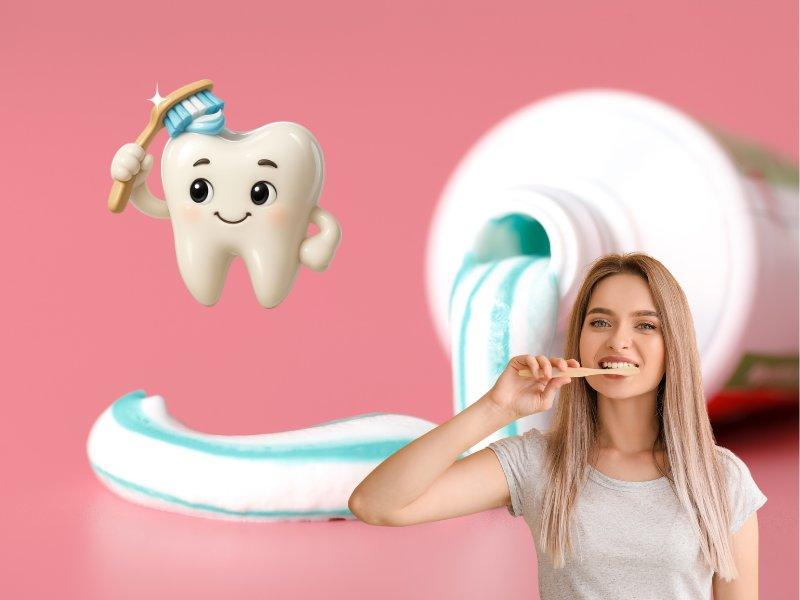
Daily Prevention Schedule
Morning routine for optimal protection:
- Brush with fluoride toothpaste for 2 minutes
- Use antimicrobial mouth rinse
- Eat a balanced breakfast with minimal added sugars
- Stay hydrated throughout the day
Evening routine for overnight protection:
- Floss thoroughly to remove daily accumulation
- Brush with fluoride toothpaste
- Use mouth rinse if recommended
- Avoid eating or drinking (except water) after brushing
Weekly and Monthly Habits
Weekly assessments for early problem detection:
- Check teeth and gums for changes
- Evaluate oral hygiene effectiveness
- Replace toothbrush heads as needed
- Clean oral hygiene tools properly
Monthly prevention activities:
- Review and restock oral care supplies
- Assess dietary habits and make improvements
- Schedule upcoming dental appointments
- Evaluate stress levels and their impact on oral health
Annual Prevention Planning
Comprehensive dental evaluations with your dental team:
- Full oral examination and X-rays
- Professional cleaning and fluoride treatment
- Risk assessment and prevention plan updates
- Discussion of any concerns or changes
Health integration with overall wellness:
- Discuss medications affecting oral health
- Address systemic conditions impacting teeth
- Coordinate with other healthcare providers
- Update medical history and risk factors
Natural Remedies to Prevent Root Canals
Natural remedies to prevent root canals can complement professional care, though they should never replace proven dental treatments when problems already exist.
Herbal and Natural Approaches
Oil pulling for bacterial reduction:
Swishing coconut oil or sesame oil in your mouth for 10-15 minutes may help reduce harmful bacteria. While research is limited, this ancient practice appears safe and may provide modest benefits when used alongside conventional oral care.
Green tea for antioxidant protection:
Regular consumption of unsweetened green tea provides catechins and other compounds that may help fight bacteria and reduce inflammation in the mouth.
Xylitol products for bacteria control:
Xylitol, a natural sugar alcohol, can help reduce cavity-causing bacteria. Look for xylitol-containing gum, mints, or mouth rinses as adjuncts to regular oral care.
Nutritional Support
Vitamin C for gum health:
Adequate vitamin C supports healthy gums and may help prevent gum disease that can contribute to tooth loss and the need for complex dental procedures.
Probiotics for oral microbiome balance:
Some research suggests that specific probiotic strains may help maintain healthy oral bacteria levels, though more research is needed to establish optimal approaches.
Cautions About Natural Approaches
Limitations of natural remedies:
While natural approaches can support oral health, they cannot reverse significant tooth decay or infection. Professional treatment remains essential for established dental problems.
Integration with professional care:
Discuss natural remedies with your dentist to ensure they complement rather than interfere with your professional treatment plan.
Creating Your Personal Prevention Plan
Can you avoid a root canal? In most cases, yes—with the right combination of daily care, professional maintenance, and lifestyle choices that support oral health.
Risk Assessment
Individual factors affecting your prevention approach:
- Family history of dental problems
- Medical conditions affecting oral health
- Medications with oral side effects
- Age and hormonal changes
- Stress levels and coping mechanisms
Environmental considerations:
- Water fluoridation in your area
- Access to professional dental care
- Work or lifestyle factors affecting oral health
- Financial considerations for preventive care
Customized Prevention Strategy
High-risk individuals may need:
- More frequent professional cleanings
- Prescription-strength fluoride products
- Additional protective treatments like sealants
- More intensive home care routines
- Closer monitoring for early problem detection
Standard-risk individuals benefit from:
- Routine professional care every six months
- Consistent daily oral hygiene
- Balanced diet with limited added sugars
- Protective gear during sports activities
- Prompt attention to dental concerns
Finally, Your Path to Prevention
How to protect teeth from needing root canal ultimately comes down to consistent, comprehensive care that addresses both immediate risks and long-term oral health.
The investment in prevention—both time and financial—is invariably less than the cost of complex dental procedures. More importantly, prevention preserves your natural teeth, maintains your comfort, and protects your peace of mind.
Remember that dental health affects overall well-being, including your mental health. The confidence that comes from knowing you’re taking excellent care of your teeth, combined with the absence of dental pain and concerns, contributes significantly to your overall quality of life.
Building sustainable habits takes time, but each positive choice you make contributes to your long-term oral health. Work with your dental team to develop a prevention plan that fits your lifestyle, risk factors, and goals.
The path to avoiding root canal treatment is clear and achievable. With consistent daily care, regular professional maintenance, and attention to early warning signs, you can maintain your natural teeth for a lifetime while avoiding the anxiety and expense of complex dental procedures.
Your future self will thank you for the prevention choices you make today.

